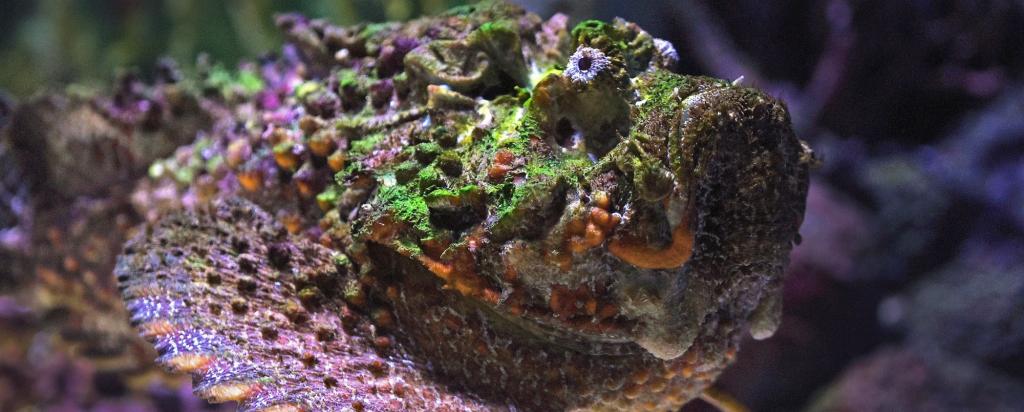
The stonefish is one of the world’s ugliest and deadliest fish. You’ll know if you step on one; the fish protects itself using 13 razor sharp venom filled spines capable of slicing through reef shoes. The resulting pain is crippling, can last for days and may result in amputation of a limb or death -- a torturous venom worth avoiding.
Monash University researchers have solved the X-ray crystal structure of the lethal factor present in stonefish venom. Their discoveries have provided unexpected insight into a crucial human immune response that is responsible for the failure of up to 30 per cent of bone marrow transplant therapies for treating leukaemia.
The structural insights obtained from stonefish venom are now being used to develop immunosuppressants to improve the success rate of transplant therapies.
The work, published today in PNAS (Proceedings of the National Academy of Sciences of the United States of America), reveals that the lethal component of stonefish venom, a protein called Stonustoxin, is an ancient relative of the human immune protein perforin.
In humans, perforin is an essential weapon unleashed to destroy virally infected and cancerous cells.
Perforin proteins attach themselves to a diseased cell and assemble to form giant ring shaped holes, or pores, on the cell surface. Each pore contains around 20 perforin proteins that stick together in a symmetrical fashion. The pores are big enough to allow toxins to enter the cell, killing it from within.
How these pores form is a mystery but the work on stonustoxin has revealed a key part of the pore assembly mechanism.
To make their discovery, the team used powerful synchrotron radiation to visualise the atomic structure of stonustoxin. Crucially, they found that the toxin contains two perforin-like proteins stuck together. By seeing how two of the proteins first interact, the researchers can build on this to understand how the full assembly of 20 perforin molecules forms a complete pore.
Unravelling the structure of the stonefish’s lethal toxin was carried out at Monash University and the ARC Centre of Excellence in Advanced Molecular Imaging. The leading authors of the study were Dr Andrew Ellisdon, Dr Sheena McGowan and Professor James Whisstock.
“The lethal factor in stonefish venom is like a loaded gun: ready to fire as soon as it is injected into the foot of an unsuspecting victim,” says co-lead author Dr Sheena McGowan.
In humans unwanted or excessive perforin activity is responsible for a range of medical problems including pancreatic cell destruction in type I diabetes and the rejection of bone marrow transplants in the treatment of leukaemia.
Accordingly, an international group of researchers, led by the Peter MacCallum Cancer Institute and including Monash based Professor Whisstock and his team, are working to develop perforin inhibitors.
“Already the structure of stonustoxin is starting to inform our drug development program,” says co-lead author Professor Whisstock. “Now we understand the very first stages of perforin pore formation. This type of mechanistic information is extremely useful in developing new strategies to inhibit perforin itself.
“People who step on a stonefish suffer agonising pain because the lethal stonustoxin protein attacks nerves. The treatment for envenomation includes an antivenom together with soaking the wound in non-scolding hot water – the latter treatment unravels the venom and stops it punching holes,” he says.
The work conducted at the Imaging Centre used major national research platforms, including the Australian Synchrotron, and Monash University Ramaciotti Centre for Cryo-Electron Microscopy.
Content courtesy of the ARC Centre for Advanced Molecular Imaging
Media coverage:
‘Deadly stonefish discovery could reduce transplant rejection rate in cancer patients’, on ABC radio’s World Today, Wednesday 2 December 2015